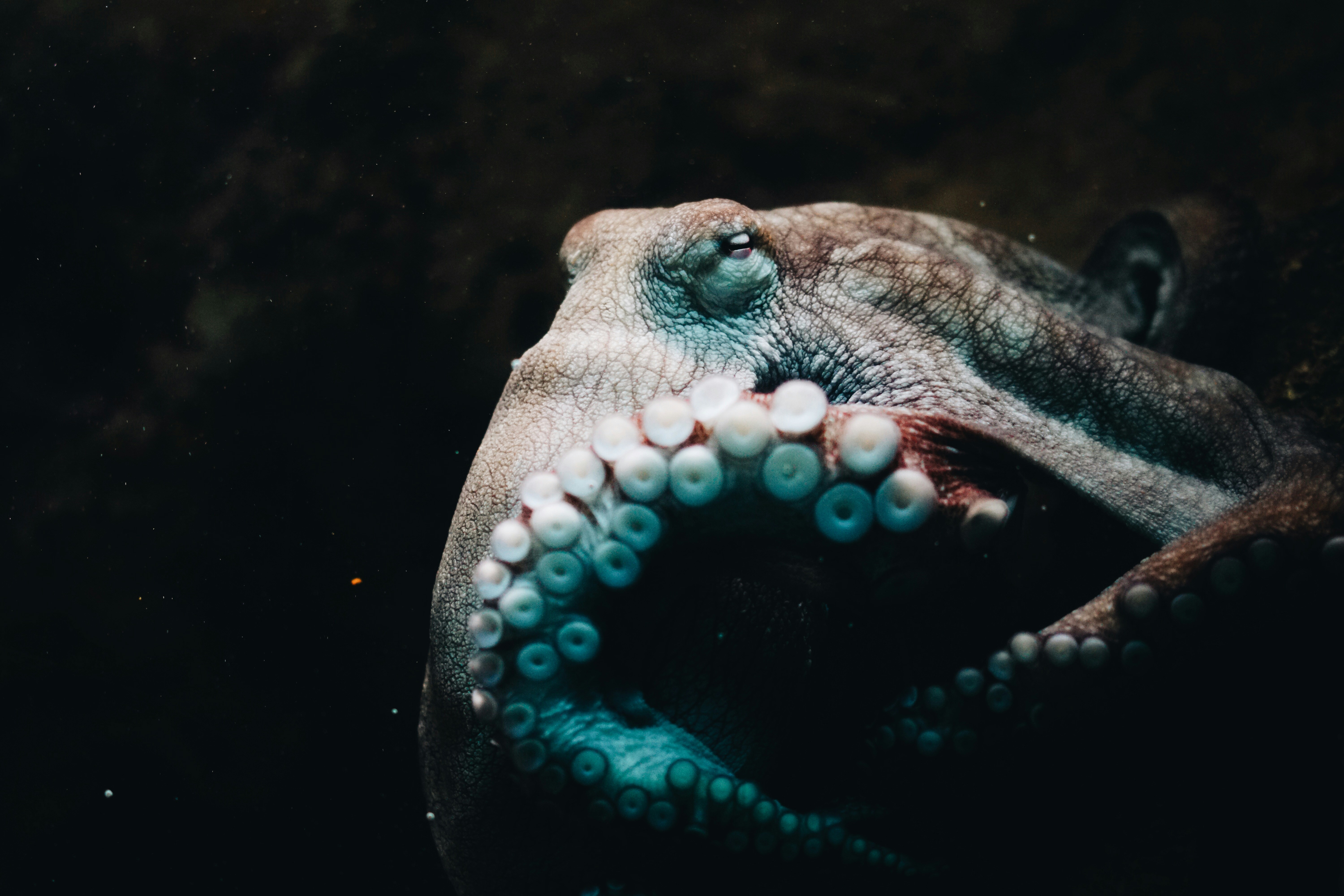Unraveling the Mystery: How Do Octopuses Change Color?
Piercing the veil of the underwater world, this article takes you on a deep dive into the fascinating color-changing abilities of octopuses. Discover how these marine creatures seamlessly adapt to their surroundings with a spectrum of hues and patterns.
A Glimpse into the History
The ability of octopuses to change their skin color and texture is a phenomenon that has captivated researchers and marine life enthusiasts for centuries. The ancient Greeks and Romans marveled at this ability, mentioning it in their mythology and literature. In more modern times, scientists have started to unravel the complex mechanisms behind this ability, offering a window into one of nature’s most extraordinary spectacles.
The Science Behind the Spectacle
Octopuses, along with other cephalopods like squid and cuttlefish, have specialized skin cells known as chromatophores. These pigment-containing and light-reflecting cells allow them to change their appearance in response to their environment, mood, or threats from predators. Each chromatophore is connected to muscle fibers, and when the octopus’s nervous system sends a signal to contract, the cell expands, revealing its pigmentation.
A Look into Current Research
Scientists are currently studying the genetics behind this remarkable ability. Recent research has found a massive expansion in a family of genes known as protocadherins in octopuses, giving them more than 100 different versions. These genes are thought to help the creatures develop their complex nervous systems, including the ability to change color. This research could open up new avenues for understanding how genes shape animal behavior.
The Impact on the Animal Kingdom
The color-changing ability of octopuses has profound implications for our understanding of evolution and adaptation. It represents an advanced form of camouflaging, a survival strategy seen in many different animals and insects. But octopuses take it to the extreme, not merely blending in but actively shape-shifting to mimic other creatures or their surroundings.
Estimated Market Implications
While it is challenging to put a specific price tag on the value of studying octopus color change, it’s clear that the knowledge gained could have broad applications. For instance, the military has long been interested in the potential for adaptive camouflage technology. Additionally, this research could also contribute to advances in neuroscience, given the complex neural processes involved in color change.
The octopus’s ability to change color is more than just a visual spectacle. It is a testament to the incredible diversity and adaptability of life on Earth. As we continue to delve into the secrets of these fascinating creatures, who knows what other surprises await in the depths of the ocean.





